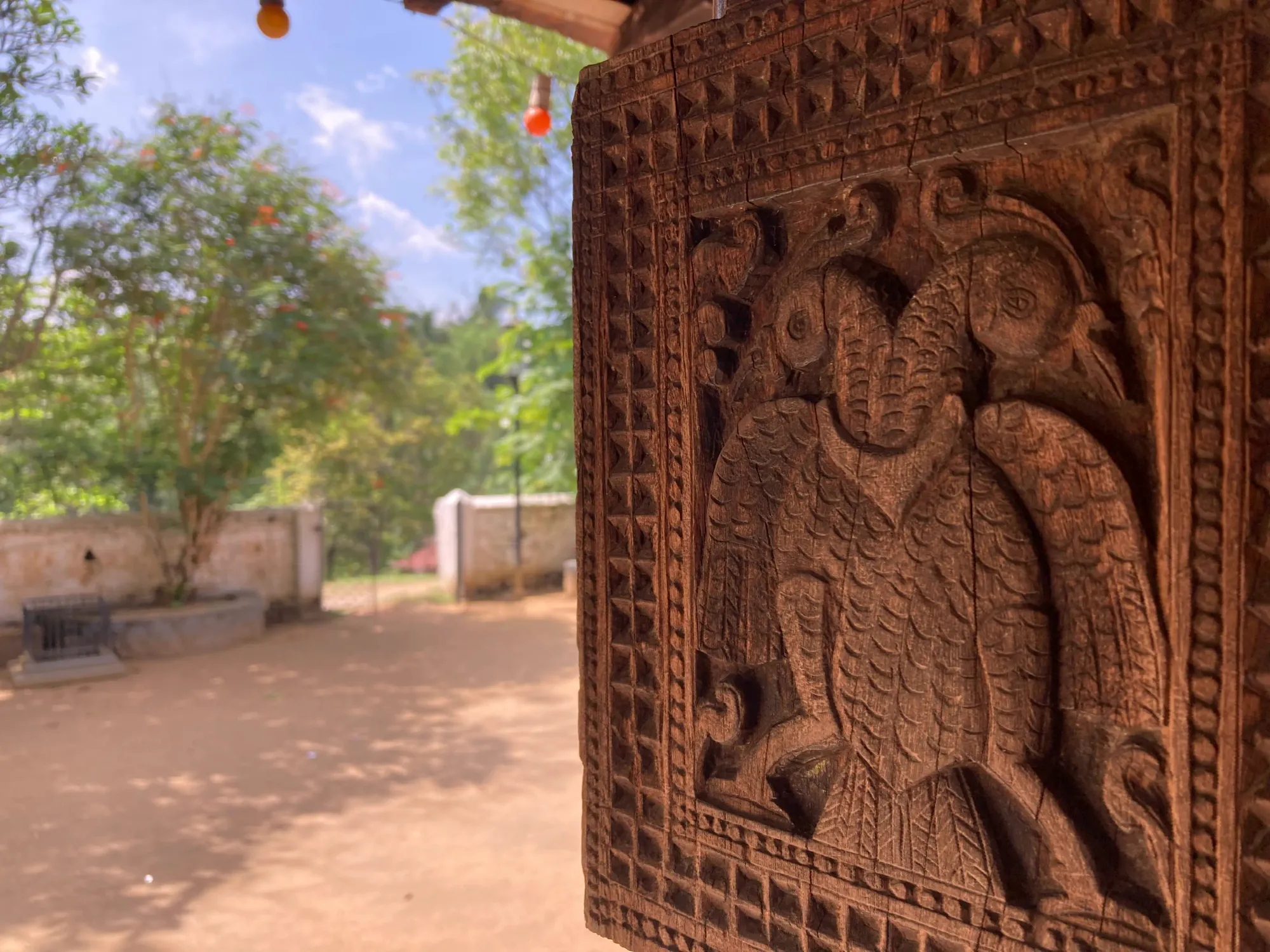
Embekka Devalaya
Embekka Devalaya is one of Sri Lanka's most remarkable temples. Situated in the scenic Kandy District, this temple is an extraordinary blend of religious significance, historical depth, and architectural mastery. This travel guide aims to provide all the necessary details you will need to know when visiting this unique temple.
Overview of Embekka Devalaya
Embekka Devalaya, also known as Embekke Devale, is a temple primarily dedicated to the god Kataragama Deviyo. Located in the Kandy District of Sri Lanka, this temple is especially famous for its intricate wooden carvings and architectural brilliance. Apart from being a center for devotion and spirituality, Embekka Devalaya serves as an important venue showcasing traditional Sri Lankan craftsmanship.
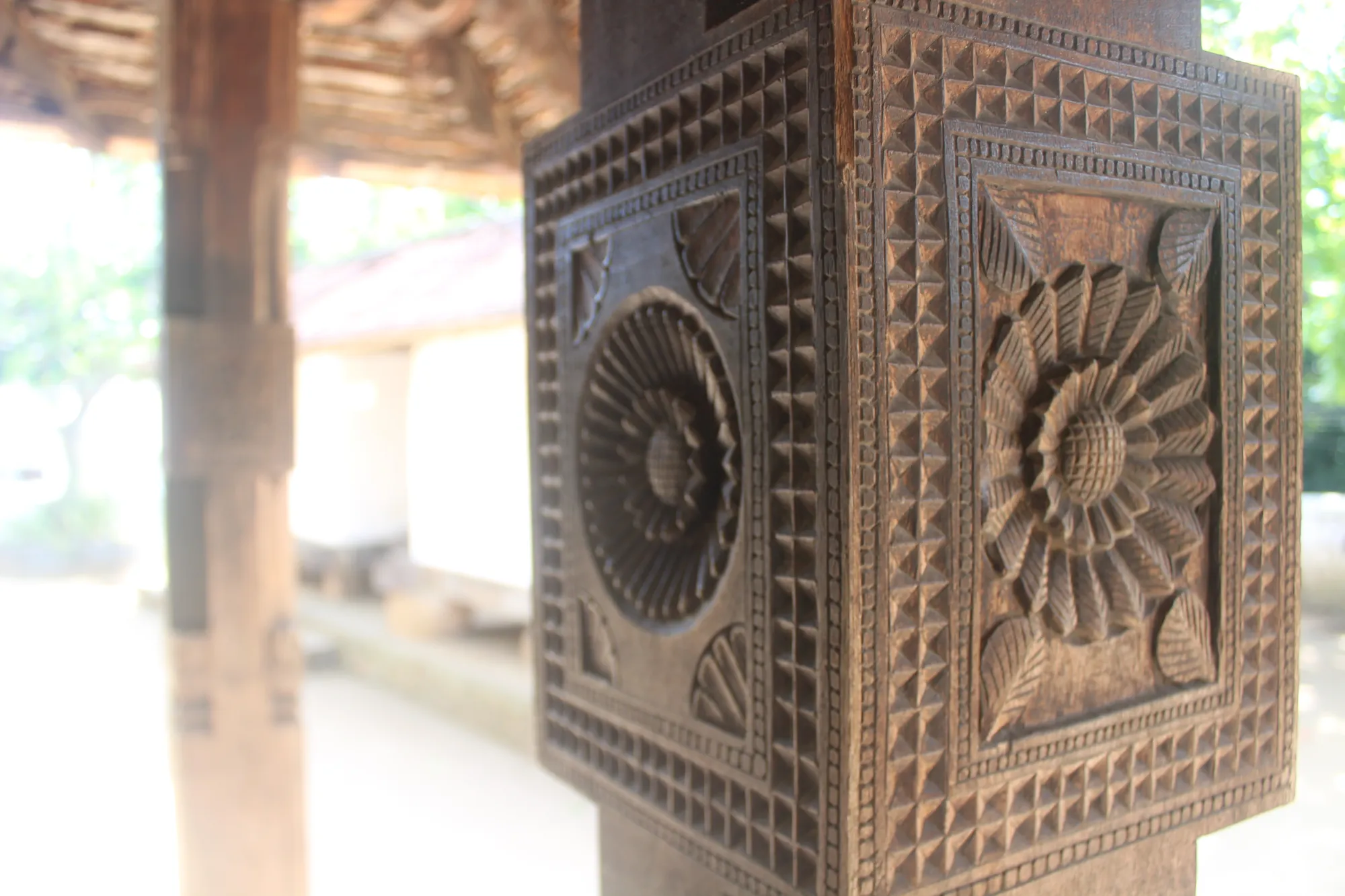
Historical Significance
Embekka Devalaya was constructed during the 14th century under the patronage of King Wickramabahu III, who ruled during the Gampola era. This period was a pivotal time in Sri Lankan history, as it saw the rise of various forms of art and architecture influenced by both local traditions and foreign elements.
King Wickramabahu III was known for his strong patronage of the arts, and Embekka Devalaya serves as a lasting example of the cultural renaissance that occurred during his reign. The temple has been a significant place of worship for centuries and has retained its religious importance to this day.
Over the years, the temple has seen various phases of restoration and maintenance, especially during the Kandyan period. Despite these changes, the core architectural and artistic elements have been preserved, making the temple an important cultural heritage site.
In addition to its religious functions, the temple has also served as a gathering place for the local community for centuries. Various festivals and rituals are conducted here, attracting devotees from across the region. These practices have been passed down through generations, adding layers of historical and cultural significance to Embekke Devalaya.
The temple's longevity and well-preserved architecture make it not just a living place of worship but also a crucial link to Sri Lanka’s past. Its rich history provides insights into the religious, cultural, and social fabric of medieval Sri Lanka, making it a destination of importance for both devotees and history enthusiasts alike.
Architectural Highlights of Embekka Devalaya
Embekke Devalaya stands as an exceptional example of Sri Lanka's medieval architecture, primarily characterized by its intricate woodwork. Built mainly from wood and stone, the temple shows a harmonious blend of natural materials and artistic skill.
One of the most striking features of the temple architecture is the use of ornately carved wooden pillars. These pillars serve not just as structural supports but also as works of art. Each pillar is different and showcases intricate carvings of dancers, musicians, and various mythological figures. The artistic techniques employed in these carvings demonstrate a mastery of woodworking skills that have been passed down through generations.
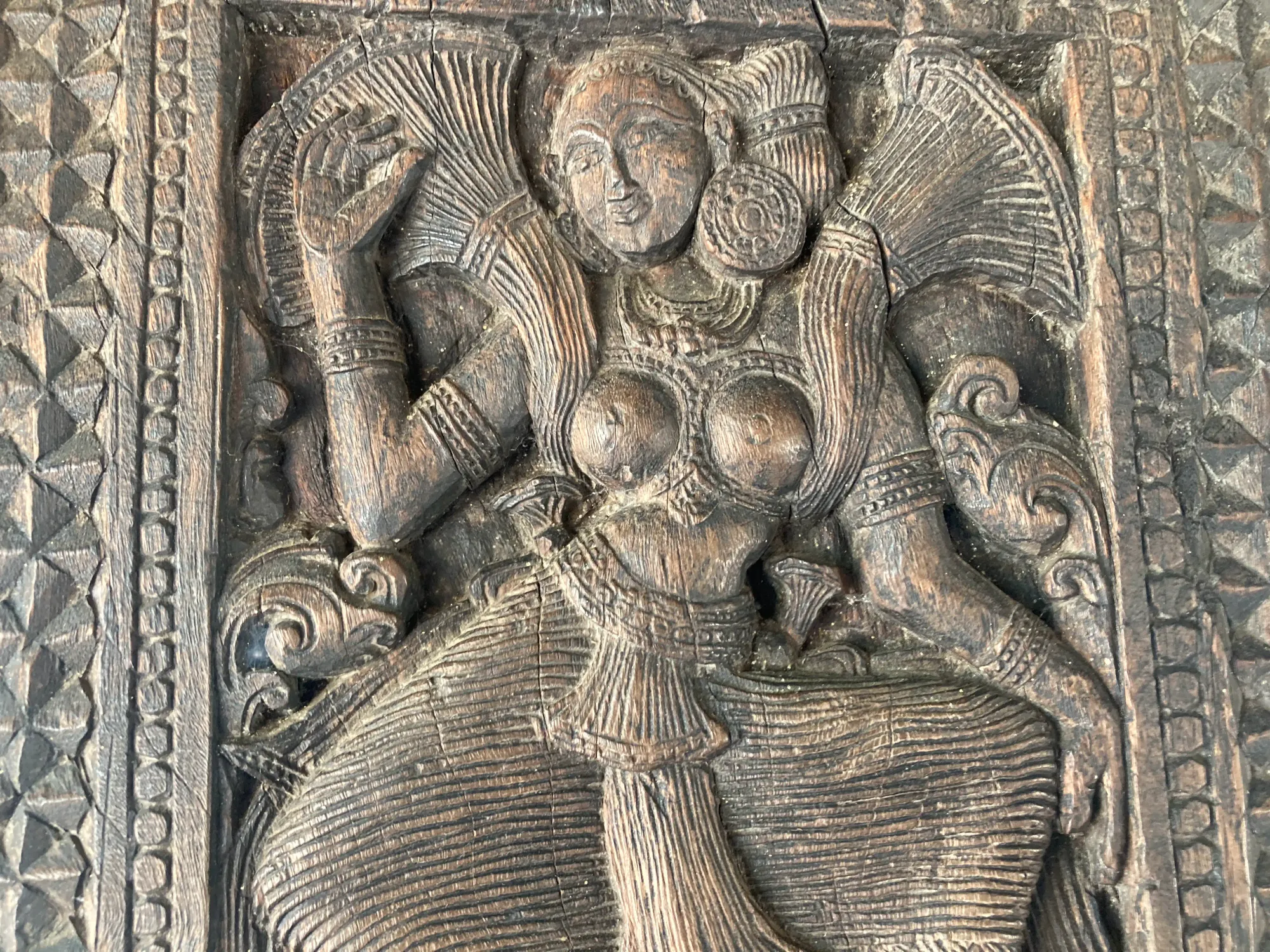
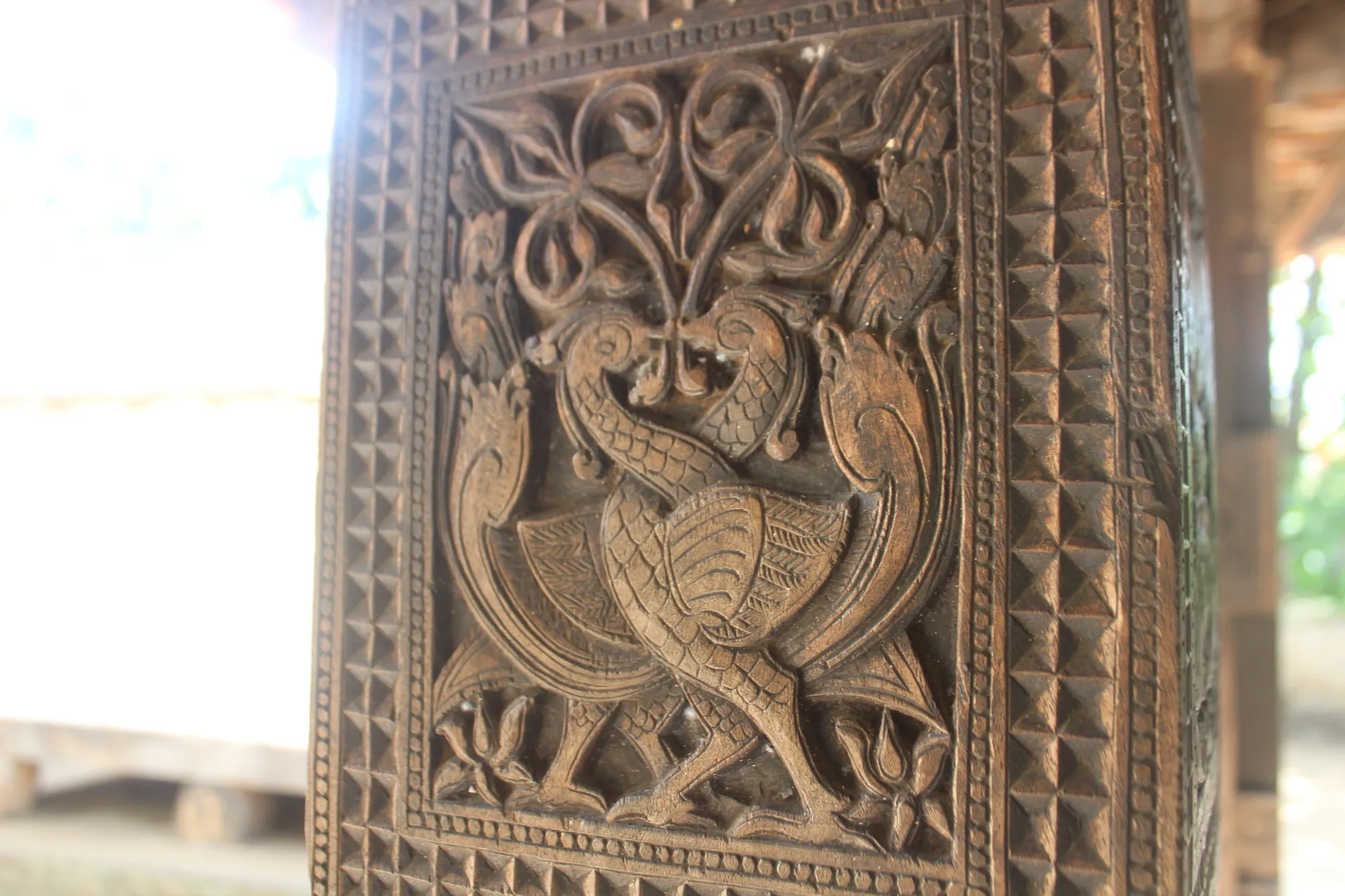
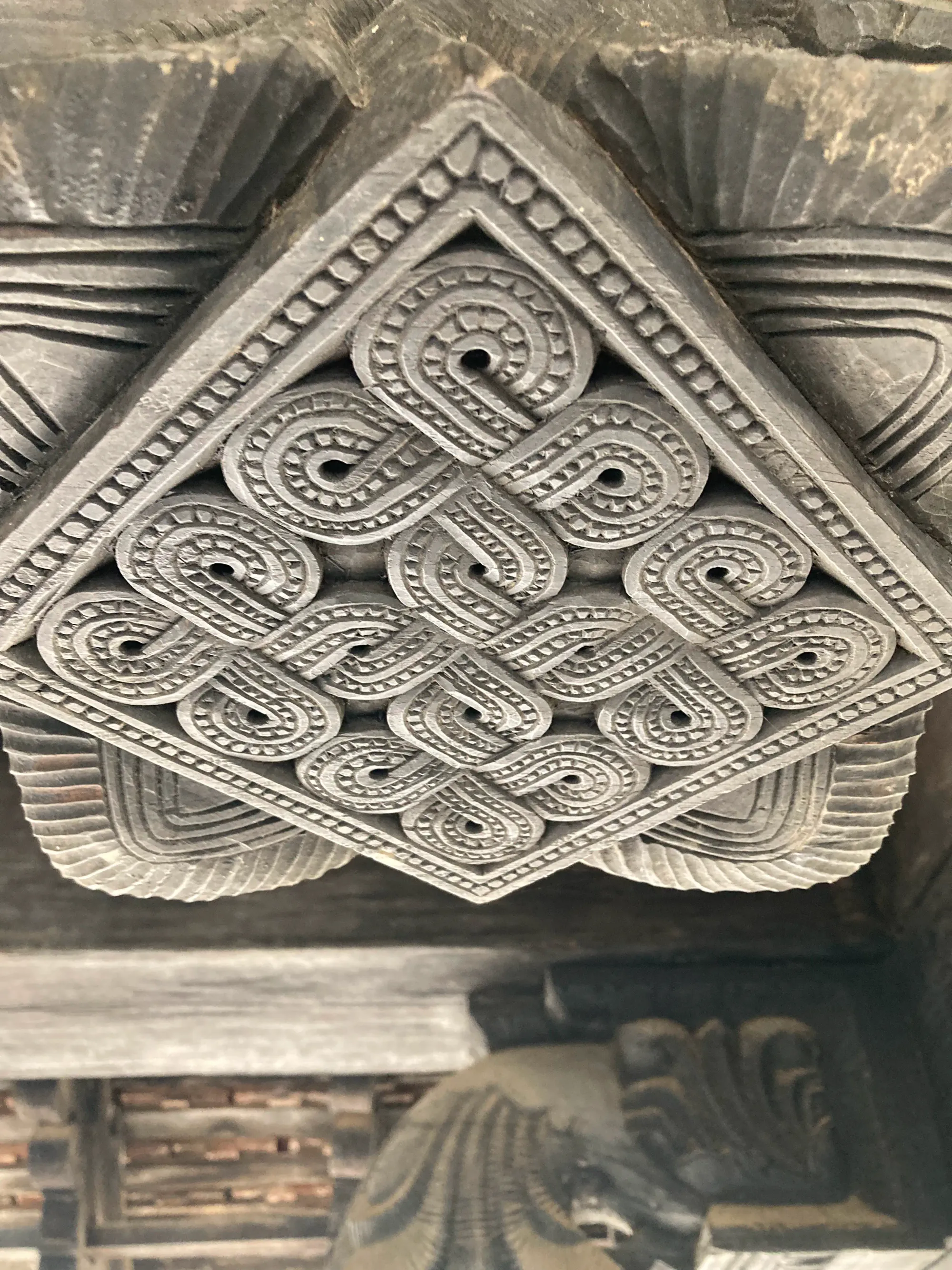
The temple's roofing is another noteworthy architectural feature. The tiered, sloping roof is made of durable materials that have withstood the test of time. It adds to the overall aesthetic of the temple while serving a functional purpose.
A key architectural element to observe is the layout of the temple, which is divided into three main sections: the sanctum, the dance hall, and the drummer's hall. The sanctum is the innermost chamber, which is most associated with the deity. It is usually adorned with various ornaments and offerings, reflecting its sacred status. The dance hall and the drummer's hall are where religious and cultural performances take place. These halls are equally rich in woodwork and decorative elements, providing a cohesive architectural experience.
Another architectural detail worth mentioning is the use of traditional Sri Lankan motifs in the carvings and decorations. These include floral patterns, geometric designs, and scenes from local folklore. These motifs not only add to the visual appeal of the structure but also imbue it with cultural significance.
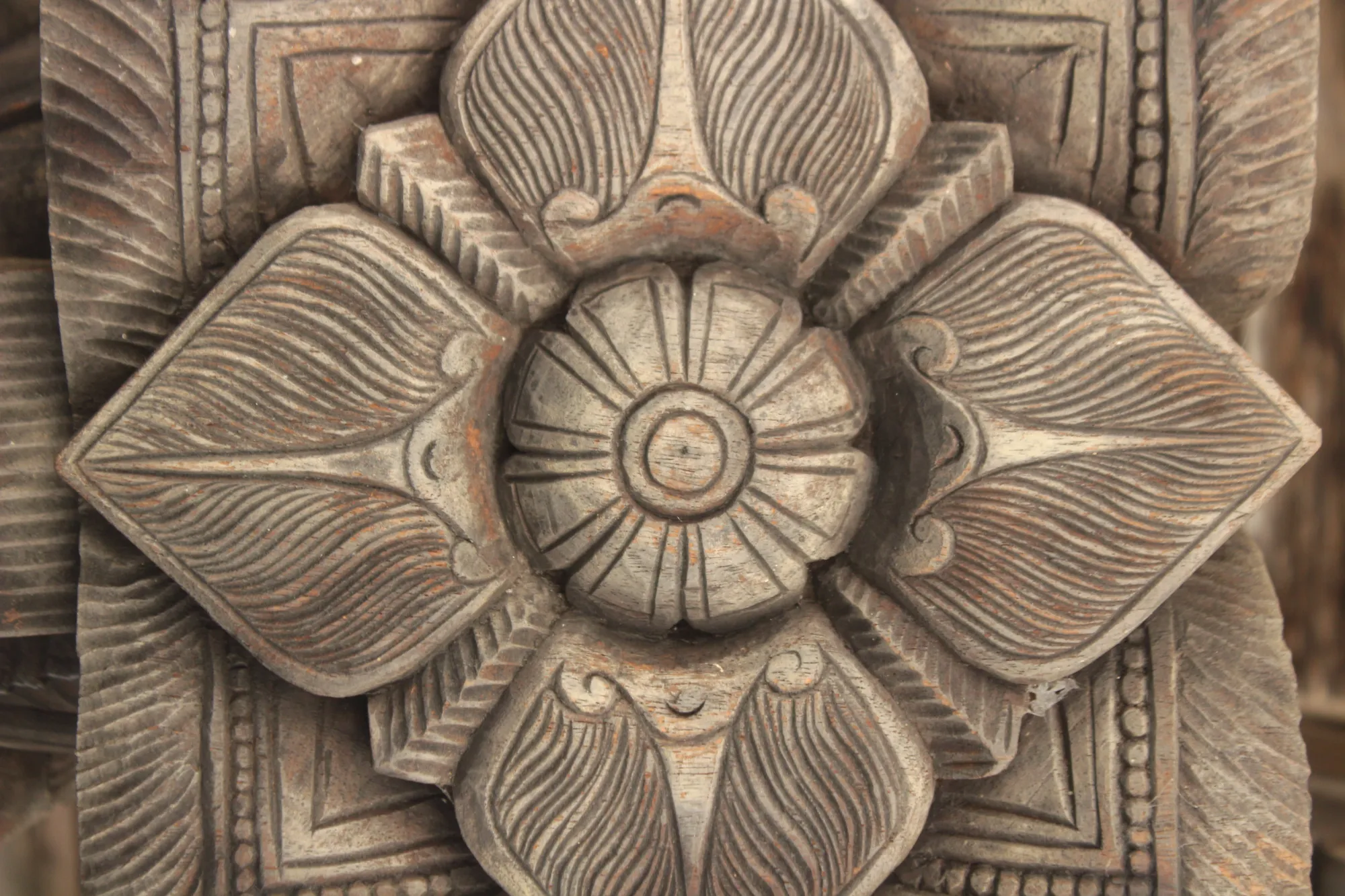
The temple, though relatively small in size, offers a complex range of architectural features that work together to create an aesthetically pleasing and culturally important structure. Its design is rooted in the historical and cultural context of the time it was built, making it a remarkable architectural landmark in Sri Lanka.
What to Expect at Embekka Devalaya
When visiting Embekka Devalaya, expect an environment that is both spiritually uplifting and culturally rich. As you enter the temple premises, you'll notice the unique architecture that serves as an immediate indication of the temple's historical importance. The complex is generally clean and well-maintained, adding to the serene atmosphere.
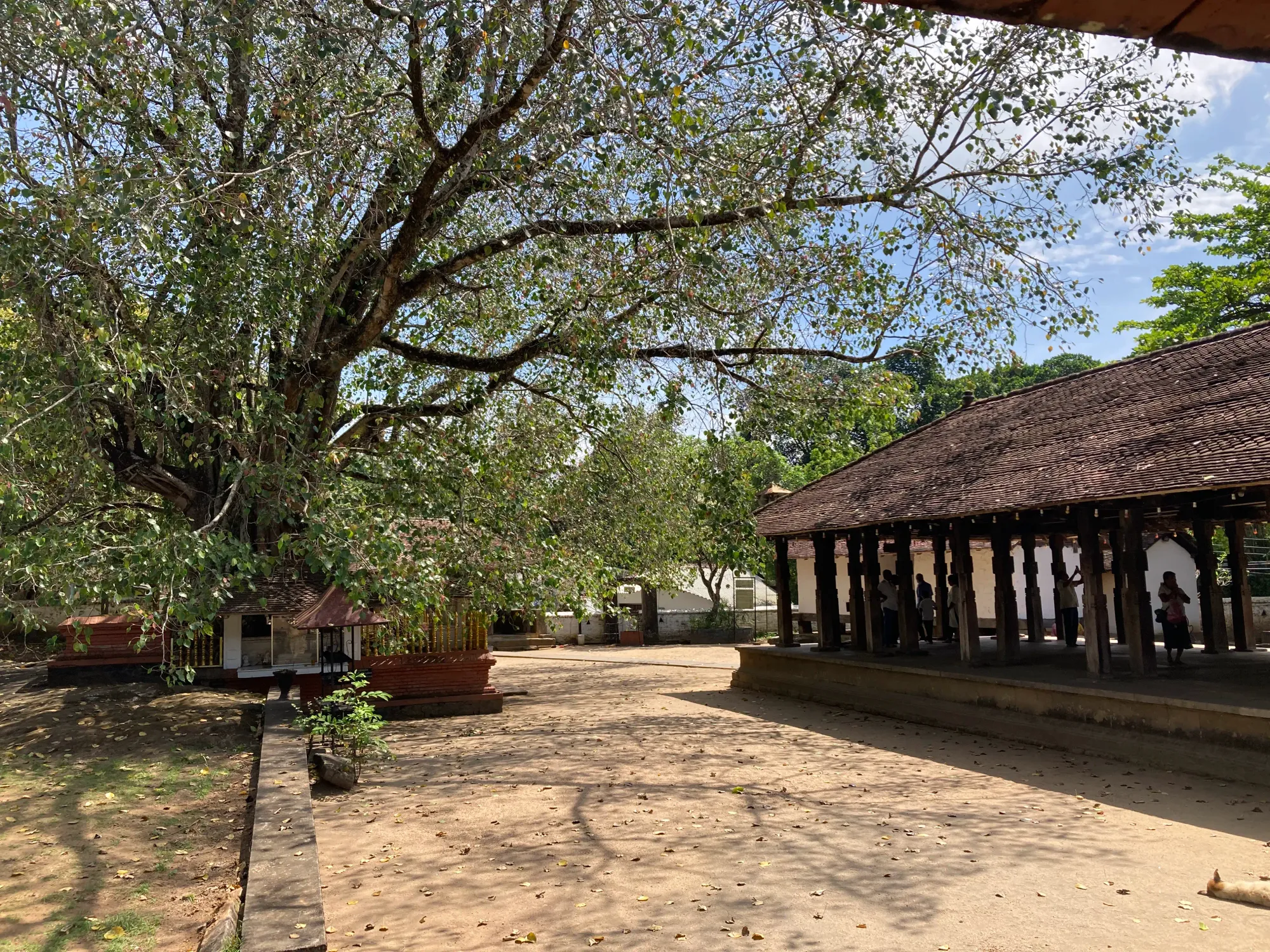
The temple is an active place of worship, so visitors will likely encounter local devotees engaged in various rituals and ceremonies. These may include traditional drumming, chanting, and the making of offerings. This provides an authentic glimpse into the religious practices that are integral to Sri Lankan culture.
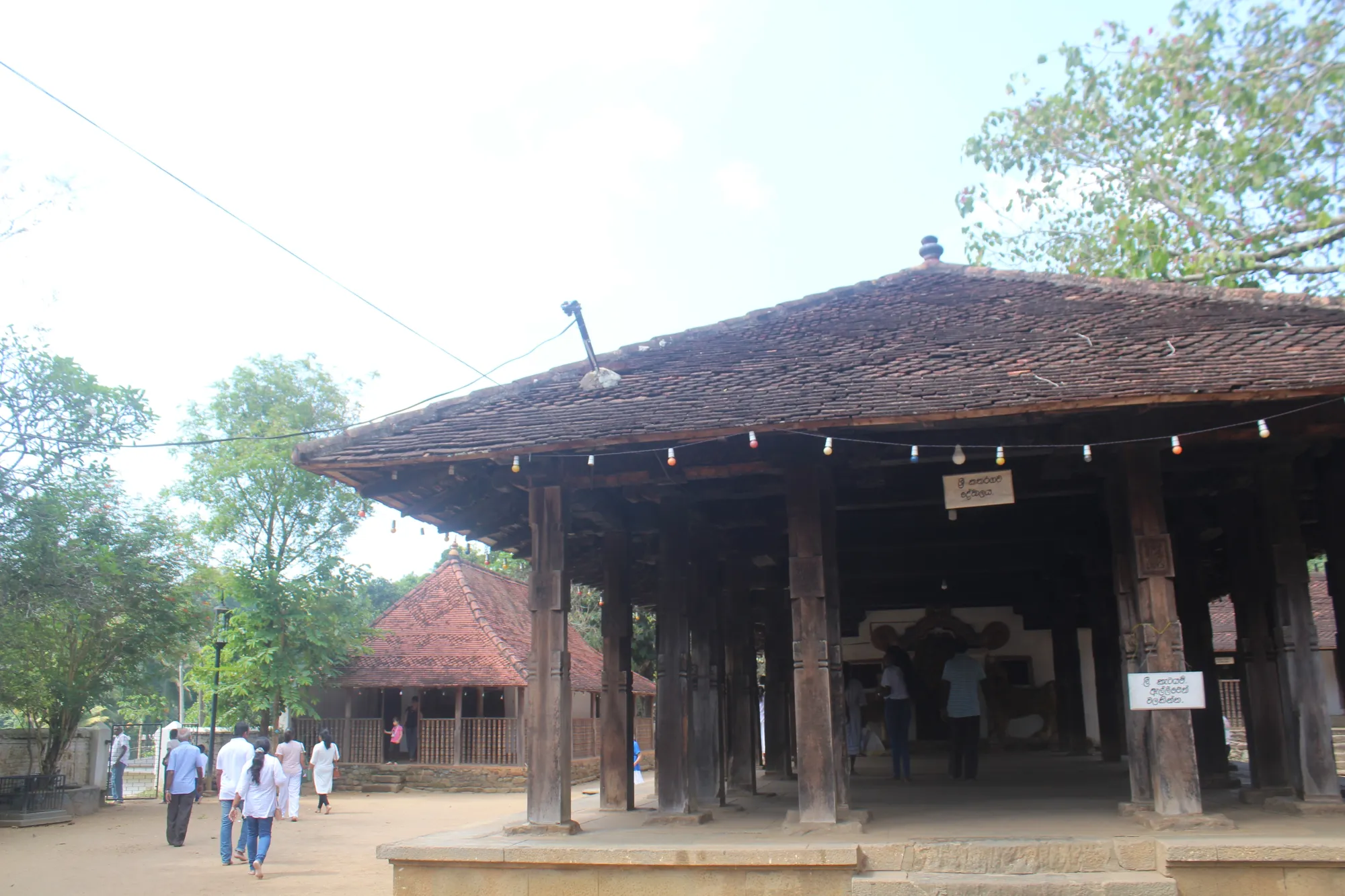
While the temple is peaceful, the atmosphere can change depending on the time of day and specific religious events. During special ceremonies or festivals, the temple can get quite busy, filled with devotees and the air buzzing with spiritual energy. During such times, additional stalls might be set up outside the temple, selling religious paraphernalia like incense and flowers, adding another layer to the overall experience.
Language might be a barrier for some travelers, as most signage and information are in Sinhalese. However, many locals understand English, and some temple staff can assist with basic information.
Location and How to Get There
Embekka Devalaya is situated about 12 kilometers from Kandy. The easiest way to get there is by car or taxi. Public transportation options are also available but are less convenient.
Best Time to Visit
The ideal time to visit Embekka Devalaya is between January and April, when the weather is more favorable. Special ceremonies often occur in April, providing a unique cultural experience.
Tips and Advice
- Dress Code: Wear modest clothing that covers shoulders and legs to show respect in this religious setting.
- Photography and Videography Rules: Photography is allowed at the site, but videography is restricted without special permission.
- Timings: Arrive early to avoid crowds and experience the temple in a quieter setting.
- Local Customs: Observe local customs and practices; for example, remove shoes before entering the temple as a sign of respect.
- Language Barrier: While Sinhalese is the primary language, many temple staff and locals understand basic English.
- Guided Tours: Consider hiring a local guide for an in-depth understanding of the temple's history and architecture.
Nearby Attractions
- Gadaladeniya Temple: Located about 6 km from Embekke Devalaya, this is another ancient temple featuring unique architecture and sculptures. It provides additional historical and cultural context to the region.
- Lankatilaka Temple: Situated about 4 km away, this temple is renowned for its distinct architectural style and panoramic views of the surrounding landscape.
- Ambuluwawa Tower: Situated around 16 km away from Embekka, Ambuluwawa tower is a popular landmark and viewpoint in Gampola.
- Peradeniya Botanical Gardens: Located about 10 km from the temple, these gardens offer a wide variety of flora and are a perfect place for a leisurely walk or a picnic.
- Udawattekele Sanctuary: About 16 km from Embekke Devalaya, this is a forest reserve offering hiking trails and a variety of local fauna and flora. It's a good place for bird-watching and enjoying nature.
Embekka Devalaya stands as an important cultural landmark that offers an remarkable experience. From its ornate architecture to its historical depth, the temple serves multiple interests and offers a window into the country's rich past. So if you are traveling near Kandy, be sure to visit this historical site.
